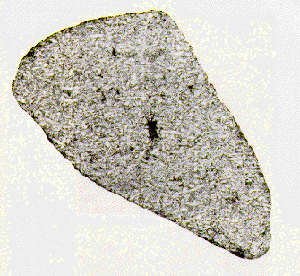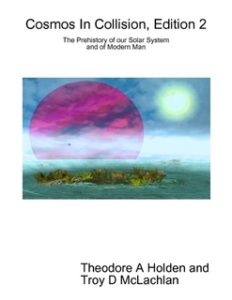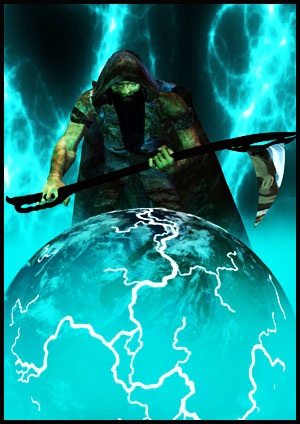 A great cataclysm called the Deluge is said to have ended the bliss of the Golden Age. Saturn lost its position at Earth’s celestial north and Venus and Mars went on a cosmological rampage.
A great cataclysm called the Deluge is said to have ended the bliss of the Golden Age. Saturn lost its position at Earth’s celestial north and Venus and Mars went on a cosmological rampage.
(continued from The Golden Age)
During Saturn’s initial flare up due to its first contact with the Sun’s heliosphere, part of the ensuing chaos that enveloped Saturn had seen two filaments of discharged material escape into space only to be captured by the Sun. There, for an unspecified time, they orbited their new star until such a time as when Saturn itself eventually became captured by the Sun.
These filaments were primarily composed of Saturn’s discharged particles of water, the remainder having being retained by Saturn to form that planet’s distinctive rings. In what caused the end of the Golden Age one of these frozen watery filaments collided with the Earth as the Saturnian string of planets was being captured by the Sun. This precipitated a deluge of water from space that lasted weeks.
Atlantis sank beneath the waves; the great continent of Mu perished. Earthquakes of unimaginable magnitudes raked the Earth while giant winds scoured its surface.
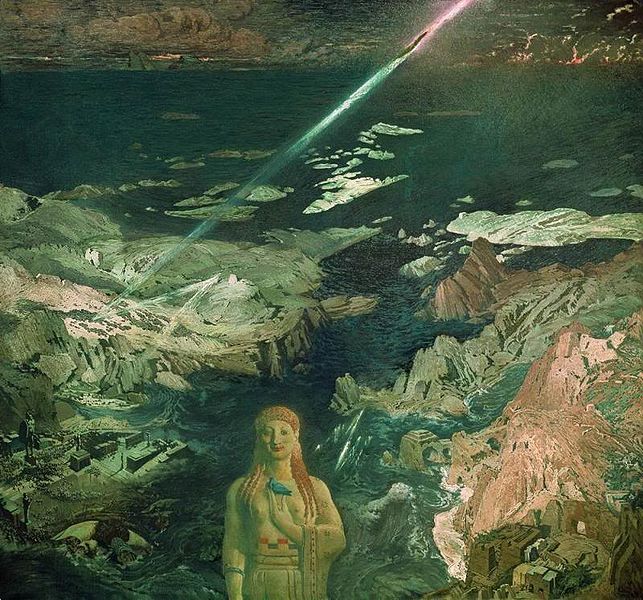
A painting by Russian artist Leon Samoilovitch Bakst entitled 'Terror Antiquus' (1908). Elements of the deluge that destroyed Atlantis are depicted in this frightening vision of ancient calamity. (image PD)
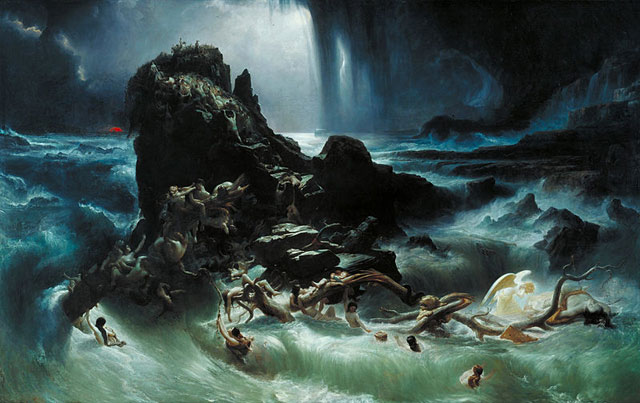
Another depiction of an ancient and catastrophic deluge by the painter Francis Danby. 'The Deluge' (ca. 1840) is really a depiction of the biblical flood of Noah but serves to illustrate the enormous effect this archetype of ancient destruction has had on our collective psyches. (image PD)
The Axis Mundi, Earth’s fabled ladder to heaven, was irreparably damaged by this collision and a decidedly sick, blotchy and dimming Saturn was clearly starting to drift apart from its former system of planets. Severed from their electrical chain-like links to their original sun, the planets Venus and Mars ran amok. Those on Earth watched horrified as Venus took on comet-like aspects, turning into a Medusa and threatening the Earth with massive inter-planetary lightening displays as it swooped by on its way to finding its new orbit.
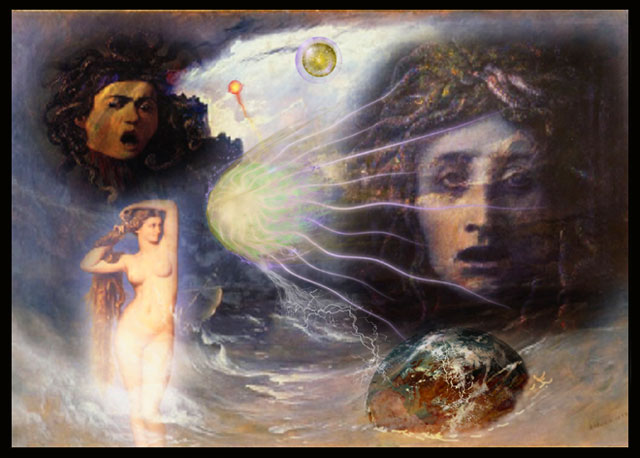
The break-up of the Saturnian system: Venus is transformed from beautiful Evening Star to evil Medusa with flowing serpent-like hair, an archetype of the rampaging planet Venus celebrated in art down through the centuries. Earth is overwhelmed by the effects of Venus' erratic behavior while Mars battles the violent Medusa-like Venus. (collage by the author incorporating the works of Duval, Bocklin, Martyn and Caravaggio.)
Planetary Chaos
Mars was no better and constantly threatened to erratically swing by Earth at close quarters while hurling stones and thunderbolts before it. Some of these Martian meteorites have been found as far afield as Antarctica.
A subsequent series of battles in this free-for-all phase between Venus and Mars loomed large in the heavens and provided the inspiration for much of mythology’s greatest stories.
As if this were not enough, the slowly retreating Saturn, or at least its position in the sky over the Earth, was now being stalked by another player in the grand cosmic drama – Jupiter.
As the Earth suffered under the onslaught of the Deluge from heaven and the Axis Mundi all but disappeared, Saturn began a descent below the horizon. At this time another bright star was seen to emerge in what had been Earth’s southern skies. It too was seen to have rings and, due to the increased electrical activity in the region, also sported its own Birkeland current which sent electrical arching displays out into the space around it and gave the illusion to observers on Earth as if this new star were dangling by a rope. Called Zeus by the Greeks and Jupiter by the later Romans, this previously hidden star seemed to briefly supplant the role of dying Saturn as the dominant force in the heavens.
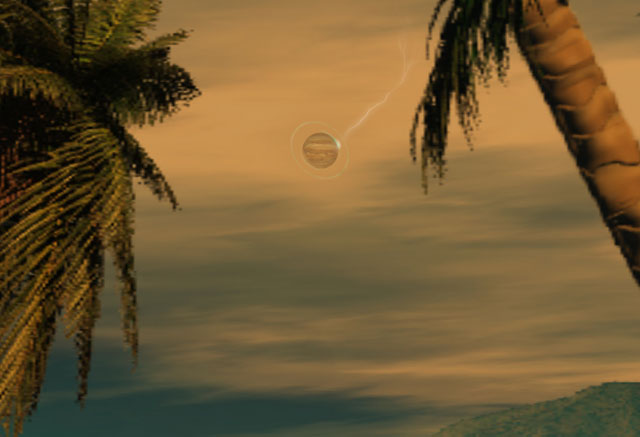
Jupiter, or Zeus, was one of the Sun's planets. As it orbited into electrical contact with the Saturn system it could be seen in Earth's southern skies seemingly dangling on the end of its own Birkeland current. Faint rings could be detected around Jupiter giving it the reputation of having stolen Saturn's rings. In mythology Jupiter was the son of Saturn who ended up murdering his father and replacing him.
Jupiter is said to have tried stealing the rings of Saturn, an obvious reference to Jupiter’s mythological murder of his cosmic father. That Jupiter was a part of the Sun’s original solar system and acted as a partner in a binary star system is one possible contention. This system may have been as much disrupted by the arrival of Saturn as Saturn’s system was devastated by contact with the Sun. With Jupiter then positioned in orbit around the Sun as it is today, though on a different radius, it can be speculated that it eventually joined the fray by gradually swinging in through Earth’s southern skies while on its regular orbit and eventually appearing to come in from behind and below Saturn as seen from Earth.
Another theory says that Jupiter (and the other gas giants of Neptune and Uranus) were always a part of the Saturnian system, but hidden from the Earth on the other side of Saturn.
Either way, mythology indicates that Jupiter seized Saturn’s place and status in the heavens for a time, though Saturn eventually did make a sickly comeback as the reigning ‘Lord of the Rings’ as Earth righted itself after the axis rocking events of the Great Deluge. However, the old god was dying, seemingly struck with leprosy (a result of increased atmospheric activity on the gaseous former star), and now sought permanent exile at the outer edges of the Sun’s solar system where it remains to this day – a distant pin-prick of light somehow at odds with its reputation as one of mythology’s greatest gods.
With Saturn now drifting off into the outer distance along with its seven rings and nine followers, a cataclysmically shocked Earth now found itself firmly in the grip of its new star, the Sun. The erratic and dangerous orbits of Mars and Venus continued to threaten the Earth as they too sought orbital and electrical balance within the realm this new sun. Whole new societies dedicated to tracking these violent entities rose up amongst the Earth’s inhabitants as the survivors and refugees from the Great Deluge fought to rebuild their shattered home world – the Priesthoods were born, and with them the world entered into the Silver Age.
(continue on to The Silver Age and the Rise of the Bluebloods)

